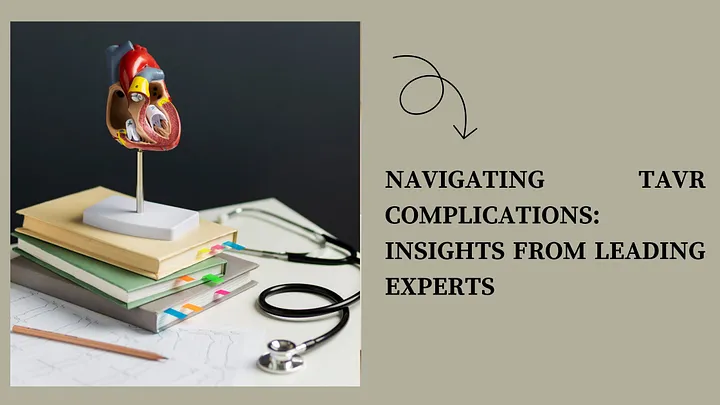
Transcatheter Aortic Valve Replacement (TAVR) has transformed the treatment landscape for patients with aortic stenosis, offering a minimally invasive alternative to traditional open-heart surgery. This innovative procedure has significantly reduced recovery times and opened new treatment possibilities for patients who are at high risk for conventional surgery. However, as with any medical procedure, TAVR comes with its own set of complications and challenges. In this blog, we explore insights from leading experts, including a prominent TAVR expert in Jaipur, on navigating TAVR complications and how to ensure the best possible outcomes for patients.
Common Complications in TAVR
While TAVR has a high success rate, several complications can arise during or after the procedure. Understanding these potential issues is key to minimizing risks and providing optimal patient care. Some of the most common complications include:
- Vascular Complications: These involve damage to the blood vessels during catheter insertion, leading to bleeding or vessel dissection.
- Paravalvular Leak: This occurs when the valve does not completely seal, allowing blood to leak around the edges.
- Conduction Abnormalities: TAVR can affect the heart’s electrical system, leading to issues such as heart block, which may require a pacemaker.
- Stroke: The risk of stroke is present due to the potential dislodgement of plaque during the procedure.
- Valve Malpositioning: If the valve is not properly positioned, it can lead to suboptimal function or even embolization.
Insights from TAVR Experts
Leading experts in TAVR emphasize a proactive approach to managing complications. Here are some key insights from seasoned practitioners in the field:
1. Pre-procedure Planning
Thorough pre-procedure planning is crucial to minimize complications. This involves detailed imaging studies, careful patient selection, and consideration of patient-specific risk factors. Experts suggest that multidisciplinary teams, including cardiologists, cardiac surgeons, and imaging specialists, collaborate to develop a comprehensive plan for each patient.
2. Intraoperative Monitoring
Experts stress the importance of real-time imaging and monitoring during the procedure. Advanced imaging techniques, such as transesophageal echocardiography (TEE), provide detailed visuals that help guide valve placement and detect complications early. Continuous monitoring of blood pressure, heart rhythm, and other vital signs is essential to ensure patient safety.
3. Managing Vascular Complications
To reduce the risk of vascular complications, experts recommend using smaller catheter sizes and employing closure devices that minimize trauma to the blood vessels. In cases where vascular complications occur, prompt intervention and collaboration with vascular surgeons can mitigate further risks.
4. Addressing Paravalvular Leaks
Paravalvular leaks can often be managed with careful valve sizing and positioning. If a leak is detected, experts suggest using additional techniques, such as post-dilation or valve-in-valve procedures, to correct the issue.
5. Handling Conduction Abnormalities
TAVR can affect the heart’s electrical pathways, leading to conduction abnormalities. Experts recommend monitoring patients closely for any signs of heart block and having pacemaker equipment readily available in case it’s needed.
6. Reducing Stroke Risk
To reduce the risk of stroke, experts advise meticulous preparation and gentle catheter manipulation to minimize plaque dislodgement. The use of embolic protection devices is also gaining traction as a preventive measure.
Conclusion
Navigating TAVR complications requires a combination of careful planning, skilled execution, and rapid response to any issues that arise. By following the insights from leading experts, including a top cardiologist in Jaipur, practitioners can reduce risks and improve outcomes for their patients. TAVR is a remarkable advancement in cardiology, and with continued innovation and expert guidance, it will only become safer and more effective in the years to come.

No comments yet